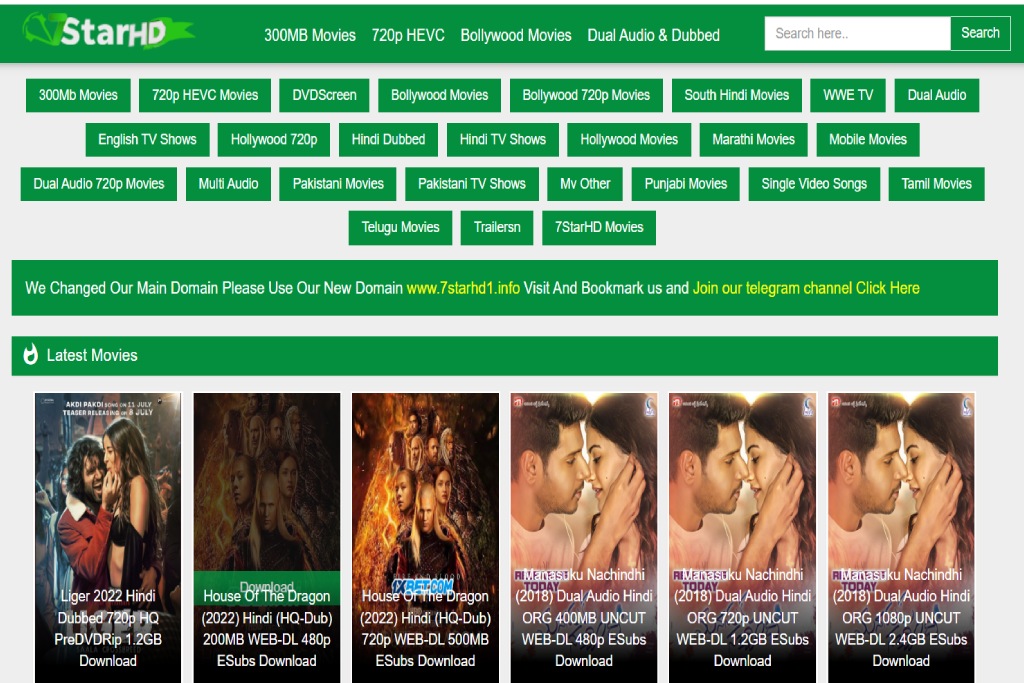3 Tips On How To Choose The Right Keywords

Keyword selection, also known as keyword analysis, is an important step to follow before starting a business. Thanks to it, you will find out what people are looking for on the web, whether it is in sufficient quantity and what the competition is for the given keywords. This is how you can get an overview of the industry.
Keywords are a few word phrases that a user enters into a search engine and they are also terms that will get the user to your site and not to a competitor’s site if your site is properly optimized for them. For this purpose, pages are adapted to keywords, which is what SEO optimization deals with. Keyword analysis is its very basis.
SEO optimization aims to get your site to the highest positions in Google. Good and high-quality keyword analysis determines the entire following SEO process, it also gives you words that can be used in PPC ads or for link building. Therefore, it is important to devote sufficient time to the analysis. A good analysis is characterized by several characteristics, which we will discuss in this article.
The main factors of keywords from an SEO point of view:
- Keyword search volume
- Keyword relevance
- Keyword competitiveness
Table of Contents
1. The Number Of Searches For A Keyword Is Not The Primary Factor
The number of keyword searches is not a determining factor in the decision-making process of its implementation on the page. The decision to use it primarily depends on its semantic match and degree of specificity to the content of the optimized page. However, it is important to find the right ratio between the number of searches and content matches.
2. The Relevance Of The Keyword To The Content Is Important
The meaning of the keyword, i.e. its meaning match to the content of the optimized page is the primary factor in the process of deciding on its use and implementation. However, keywords can be specific or general in meaning.
As an example, we can cite mamachick.sk. The website sells products such as a stamp for clothing – textile, which serves as a name tag to mark clothing, e.g. for children to school, kindergarten or camp.
How Are Keywords Selected?
When optimizing the main page, we start from what we sell – name tags. If we were to optimize only for such a general word “name tags”, too broad a scope would bring visitors who are also looking for other types of name tags, e.g. plastic name tags, tags, adhesive name tags and the like. Many of them would leave the site immediately because their goal was not what they found.
That’s why we optimize the main page for the words clothing labels or children’s labels – more specific terms that make it clear what the visitor is looking for and finding.
We will proceed similarly with the product page. We sell “stamps for clothes – textiles”. Not just stamps, which is too general a term that would bring users back to our site with a different search intent. We will therefore optimize the main product page for ” stamps for clothing – textile ” instead of “stamps”. The same applies if we have similar products. For example stickers with a name tag (not just stickers), etc.
It will be the same with product subpages. If we have several types of stamps, e.g. divided by color, the subpages would be optimized according to the relevant keyword, i.e. “stamp on blue clothes”, or “stamp on dark clothes”, etc. To ensure the relevance of the found result in combination with the search intent of Internet users.
3. A Compromise Must Be Found Between The Informational Meaning Of The Keyword And Its Concreteness
The used keyword will be visible to the user in items such as title, description, or headings. Therefore, we should choose a word that can be used without problems in the text or in the headings and of course is grammatically correct.
The informational value of the keyword should intuitively inform the entire content of the page. It is therefore important to find the right balance between the general and specific meaning of a keyword in terms of digital marketing.
Also Read: Copywriting: The Art Of Creating Text For The Web






